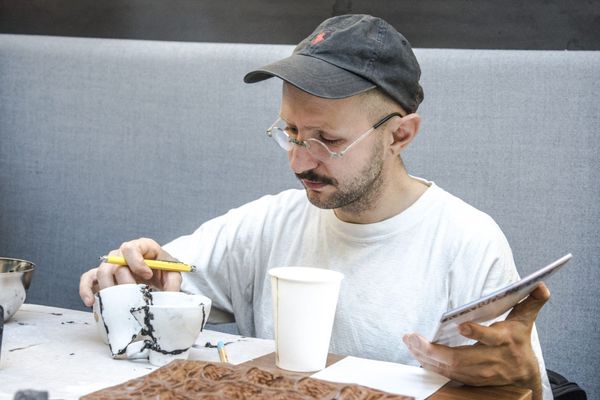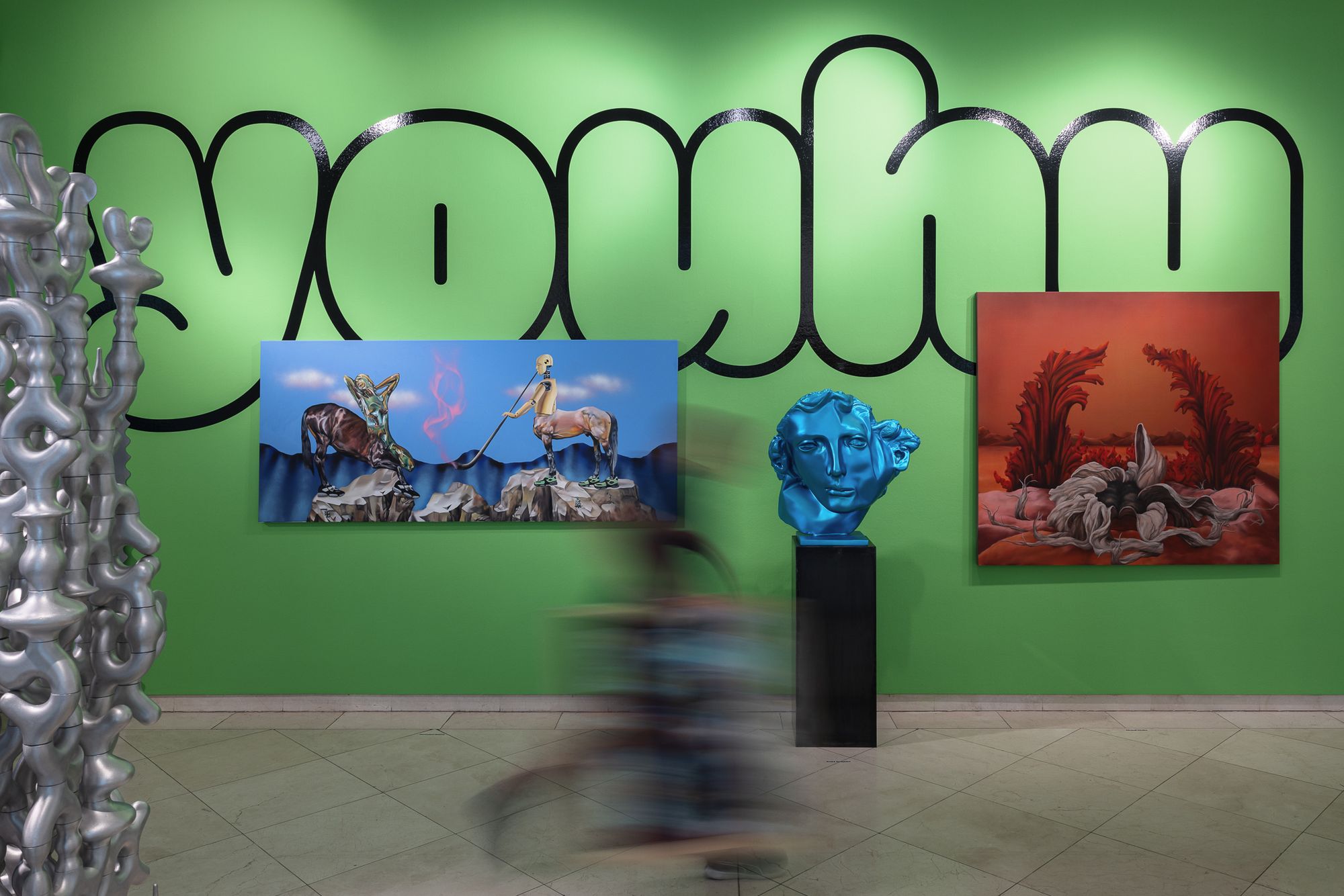Forty-three artists, more than four hundred reproductions, over almost four hundred pages: the Youhu publication, which combines the words “young” and “Hungarian”, promotes the greatness of Hungarian visual art and puts it in an international context. As the initiators of the project say, it presents the best Hungarian artists of Generation Y: young people “who have written the art history of the last decade”. We talked to the curators of the much-needed publication and exhibition, Zita Sárvári and Gábor Rieder. Interview.
The Youhu project could perhaps be considered one of the most important initiatives of the year. Although it was no secret that I entered through the rather heavy doors of Kieselbach Gallery with a bias, it was not only quality content that greeted me. The vibrant colors, and the mix of numerous media and forms, despite not letting the viewer rest, left me feeling fresh, relieved, and liberated—success stories in the visual arts are happening now and before our eyes. As the curators write, “it is no coincidence that the idea for the book and the accompanying exhibition was conceived in the form of a cheerful battle cry—Youhu”.
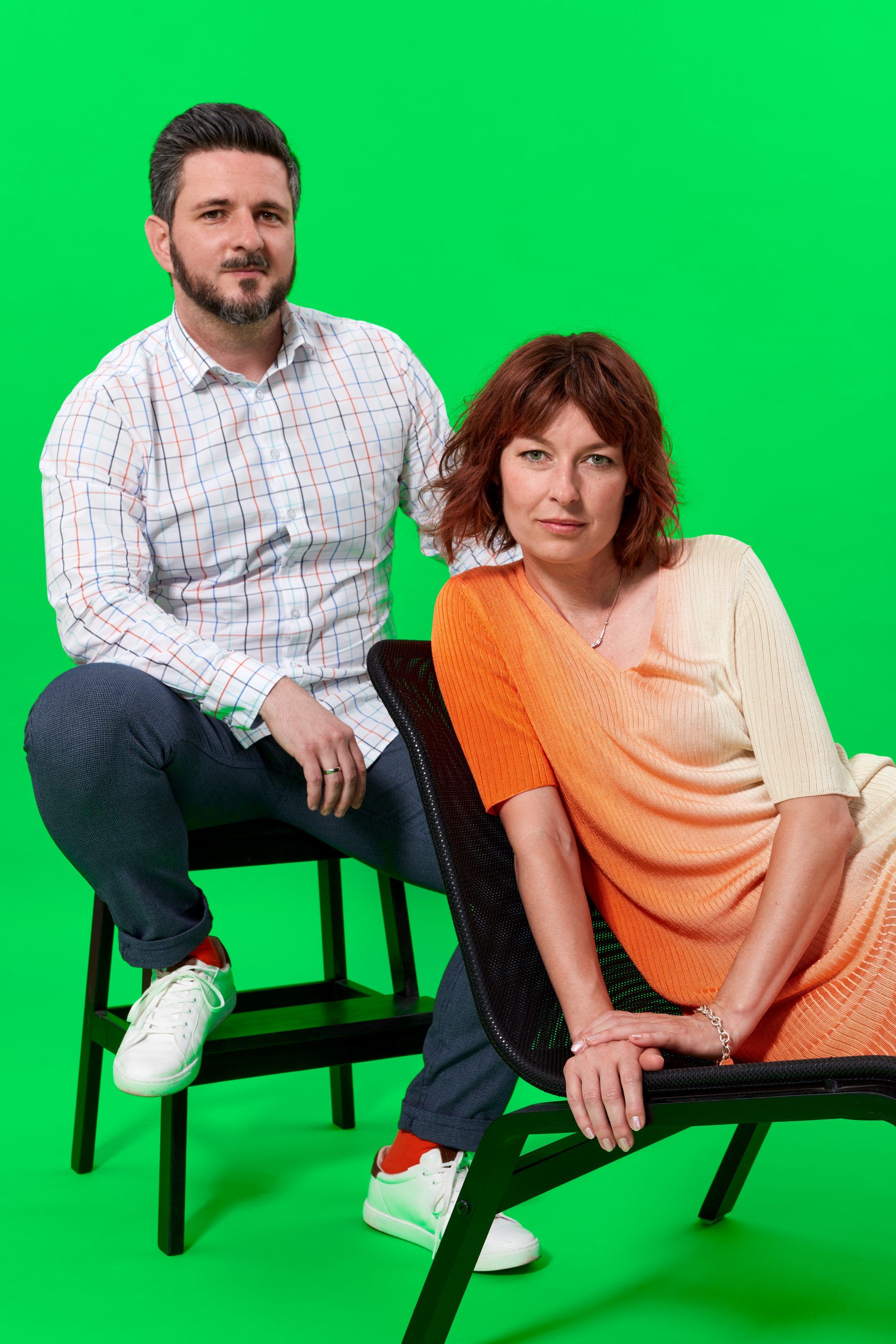
There are already several exhibitions and art projects with the names of each of you attached to them. How did this collaboration start? What is the background story of YOUHU?
Gábor Rieder: Chronologically speaking, the story actually started when Zita came up with the question of why there is no compendium of contemporary young artists. So, during the pandemic, she approached Tamás Kieselbach, who, even though contemporary art had not been a major focus of his publishing profile, saw great potential in the idea and agreed to support the project. Zita and I have known each other for several years, but we have never worked together on a project of this scale before. Since our judgment and our way of looking at this young generation and contemporary art are quite close, this editorial process was not a series of battles, but a well-functioning intellectual collaboration.
For me, it is particularly refreshing to see the level of attention that went into the design of the project’s identity, created by internationally acclaimed typographer Ádám Katyi. There are few good examples of this among contemporary Hungarian art projects: how does the concept of the identity resonate with Youhu’s ambitions?
G. R.: For me, when designing a book, it is important that the form and the content are in harmony: I think an identity works well if it can only be visualized together with the content. The publications featuring the cream of contemporary art are a genre that has existed for not more than 15-20 years, and their usual identity is almost evidently based on a pure, minimalist design. At first, we had this in mind, as it is inherent to the genre, but we instantly felt that it would make this publication uninteresting. So we took a deep breath and, without having any examples before us, we set out to create the most outlandish look: paper dripping with lacquer, vibrant green instead of white, and a chewing-gum-like font to replace the elegant, serif type.
This generation cannot be presented in a dry, minimalist design.

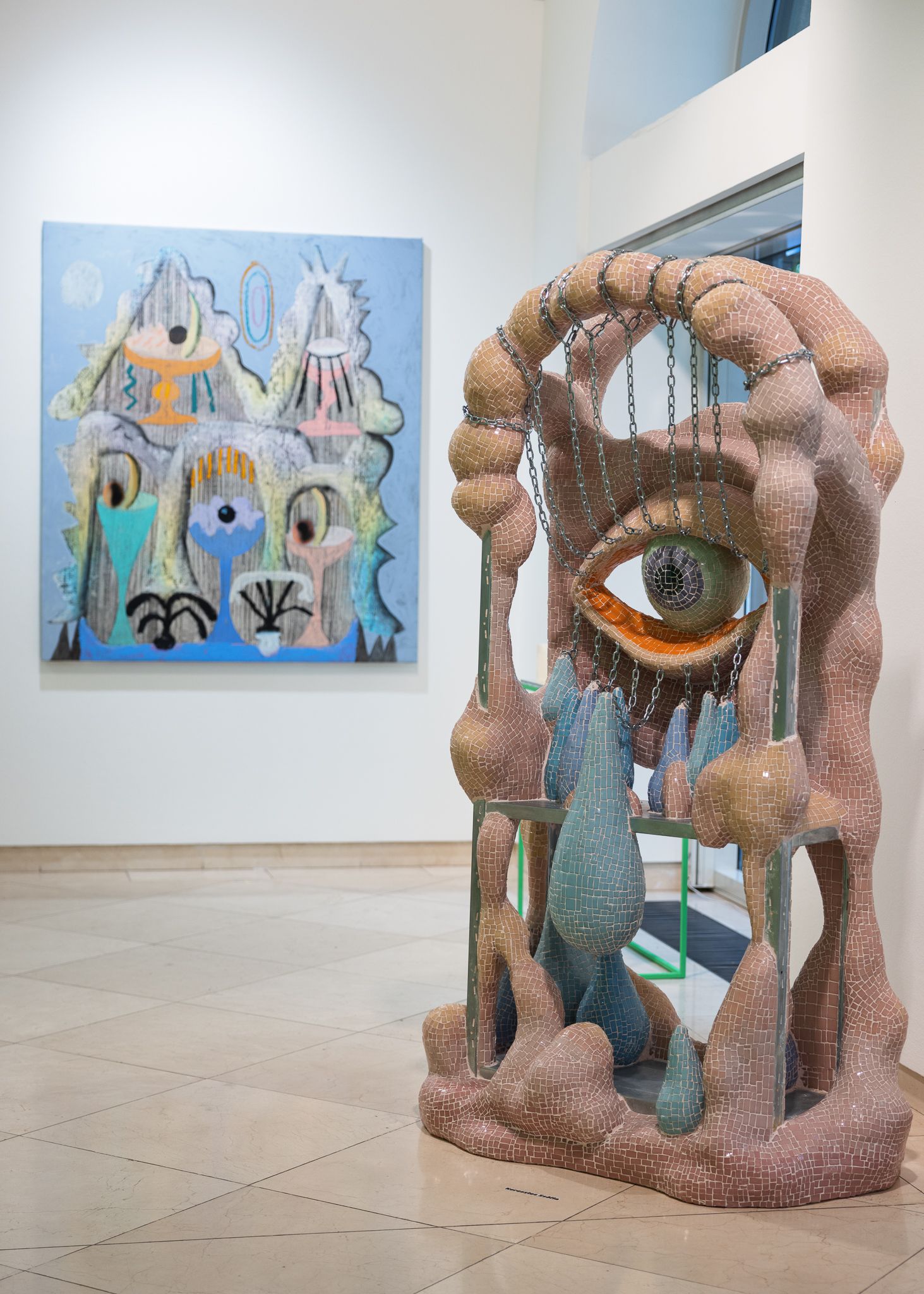
Zita Sárvári: Ádám made a bold move, and came up with this typeface inspired by Japanese street signs and the emoji culture, and the neon green shade, which immediately hit the spot with us. These elements are metaphorical in multiple ways: they convey freshness, verdure, and progression.
This publication is intended primarily for the international market: we have compiled for the consideration of international professionals and institutional leaders a bunch of artists who are known individually, but our true aim was to present the outstanding achievements of contemporary Hungarian art as a whole. We also wanted to make the volume easier for everyone to read, so we have added some humor to the professional texts with underlining and other markings. So if someone glances at this English-language professional text, they can immediately grasp the artist’s work. In this way, we have also added a sort of ‘hashtag provision’ to the book, and I believe that we have created an exciting and visually arresting publication, not only in the Hungarian publishing field but also internationally.
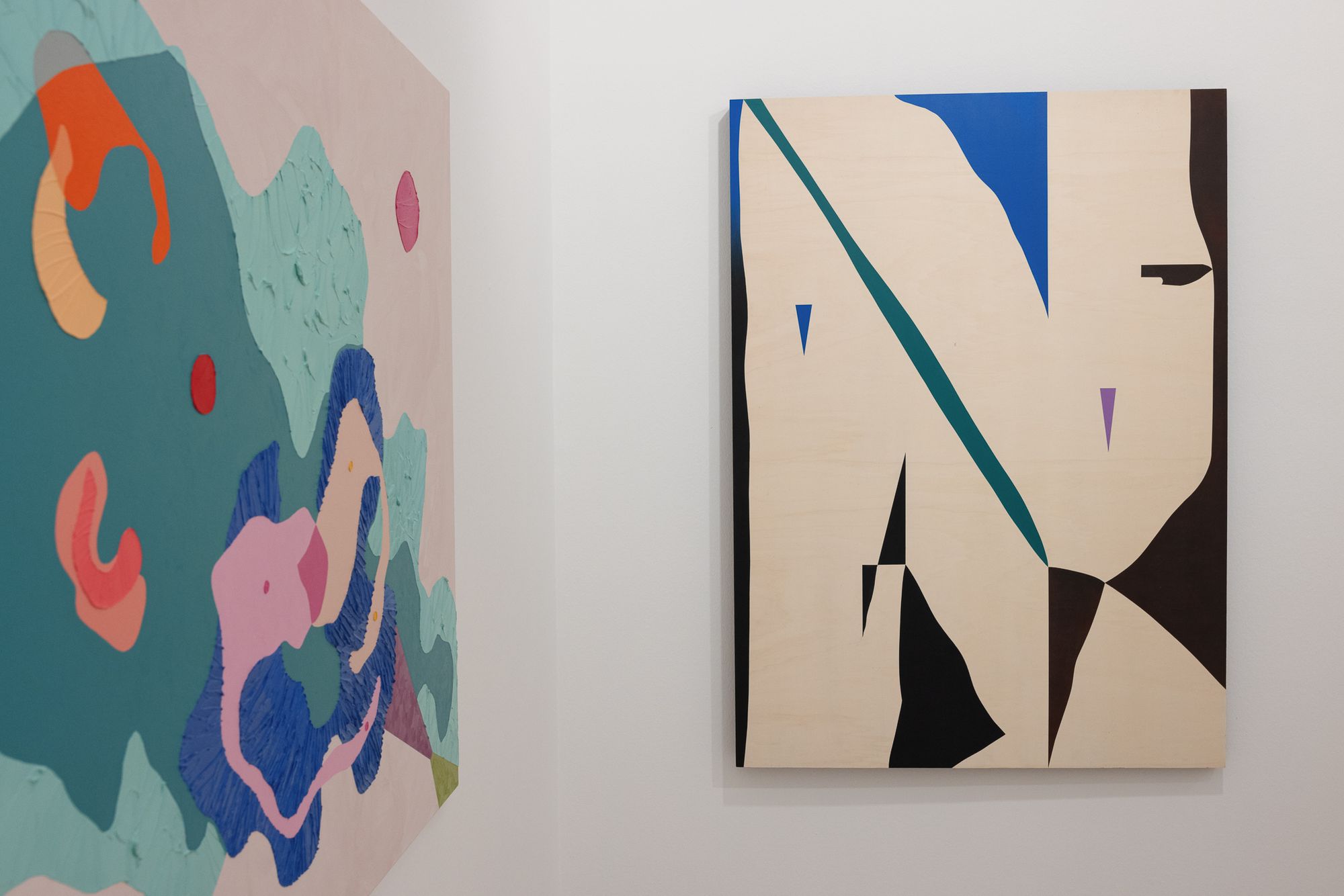
As for the selection of the featured artists, several criteria emerge from your concept descriptions: contemporary Hungarian Generation Y artists with a rising career arc and with international recognition were chosen as the focus of the project. Please tell us a little about this process.
Z. S.: This was an exciting dialogue between Gábor and me: we both had a strong list of 10-20 people in our heads, whom we definitely wanted to include in this publication. Then, as we talked about the concept and got closer and closer to our selection criteria, the final list of 43 artists became clearer. As space constraints prevented us from creating an encyclopedia, we narrowed it down to the artists with the strongest international background and experience.
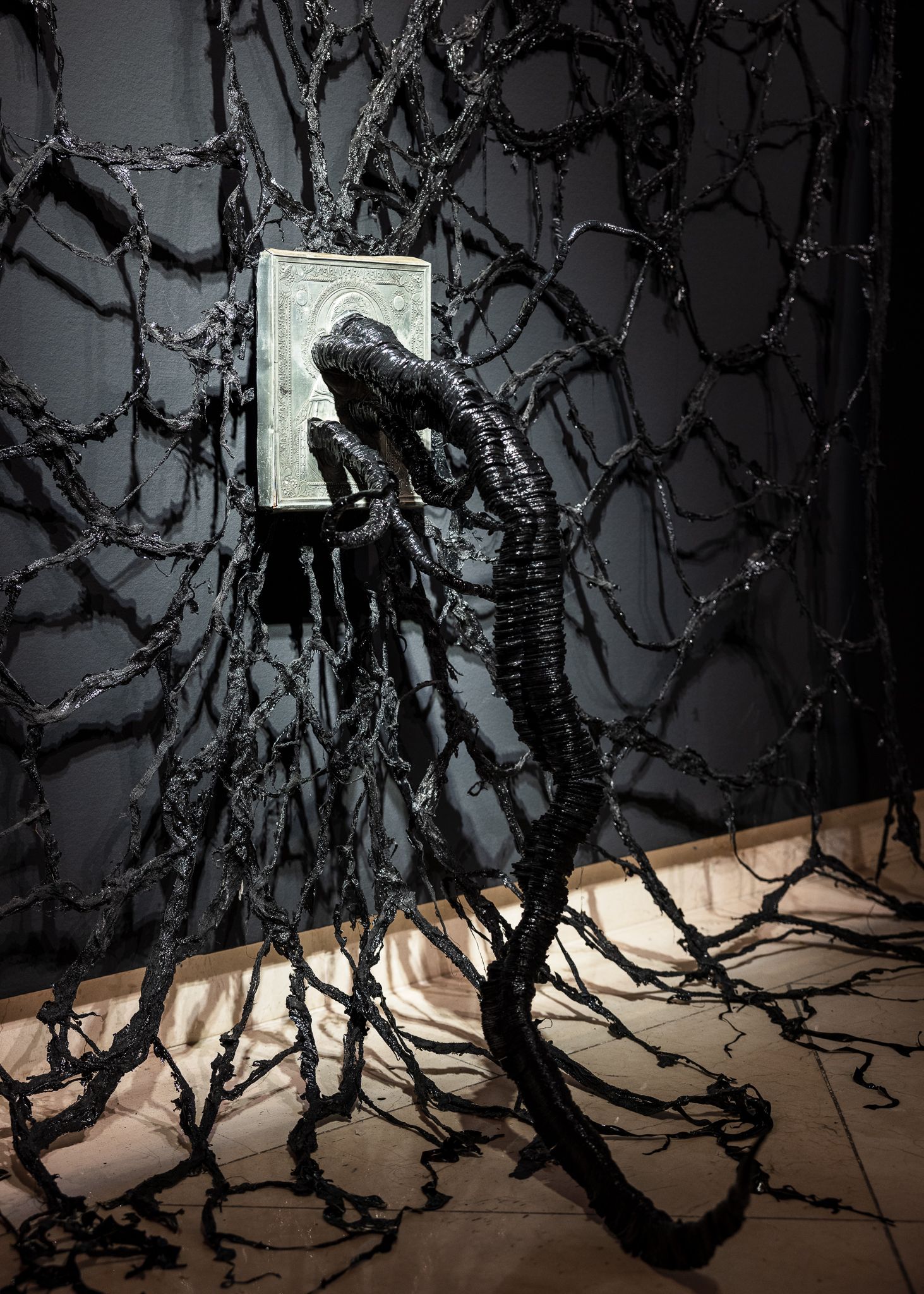
We have also included some very young artists: they are perhaps somewhat outliers, as they cannot yet claim to be internationally recognized. However, we see the potential for them to reach the same level as the other artists in this publication in a few years. We didn’t want to risk publishing a book that in three years’ time would raise the question of why these artists were not included in the selection.
G. R.: An exhibition is an ephemeral genre, but this book still has to work in three or five years’ time: if it doesn’t work, it means we’ve done a bad job. So we had to take those risks and we included some young people in whom we see now what we saw five or eight years ago in the core artists of the publication.

There are also artists represented in Youhu who were born abroad but have Hungarian ancestry, such as Jacob Kassay—whose exhibited work is one of my personal favorites—or Adrián Kiss, who, although is now based in Budapest, was born in Miercurea Cuic, Romania. Why was this aspect of the selection important to you?
Z. S.: I am very keen on introducing new names to contemporary art, so I felt it was important to include surprise artists who are less known in the local art scene. For example, Bence Magyarlaki, who lives in Morocco and Paris, or Joseph Kristofoletti, who has never lived in Hungary but is a celebrated and published artist in the US, or even András Cséfalvay, who has had several exhibitions in Hungary and has been featured at the OFF-Biennale, but is basically considered a Hungarian artist from Slovakia. We could also mention the half-Hungarian multimedia artist duo Ejtech, who has not been very much present in contemporary Hungarian group art exhibitions.
G. R.: In essence, we don’t want to present the Hungarian scene the way it sees itself—these individuals with different international ties reinforce the existence of the book and its impact. This was a conscious decision, along with the other criteria we set out to meet: we felt it made the selection more comprehensive. We weren’t afraid to include this much subjectivity and to move away from the safety game: it makes this project all the more UV-green.
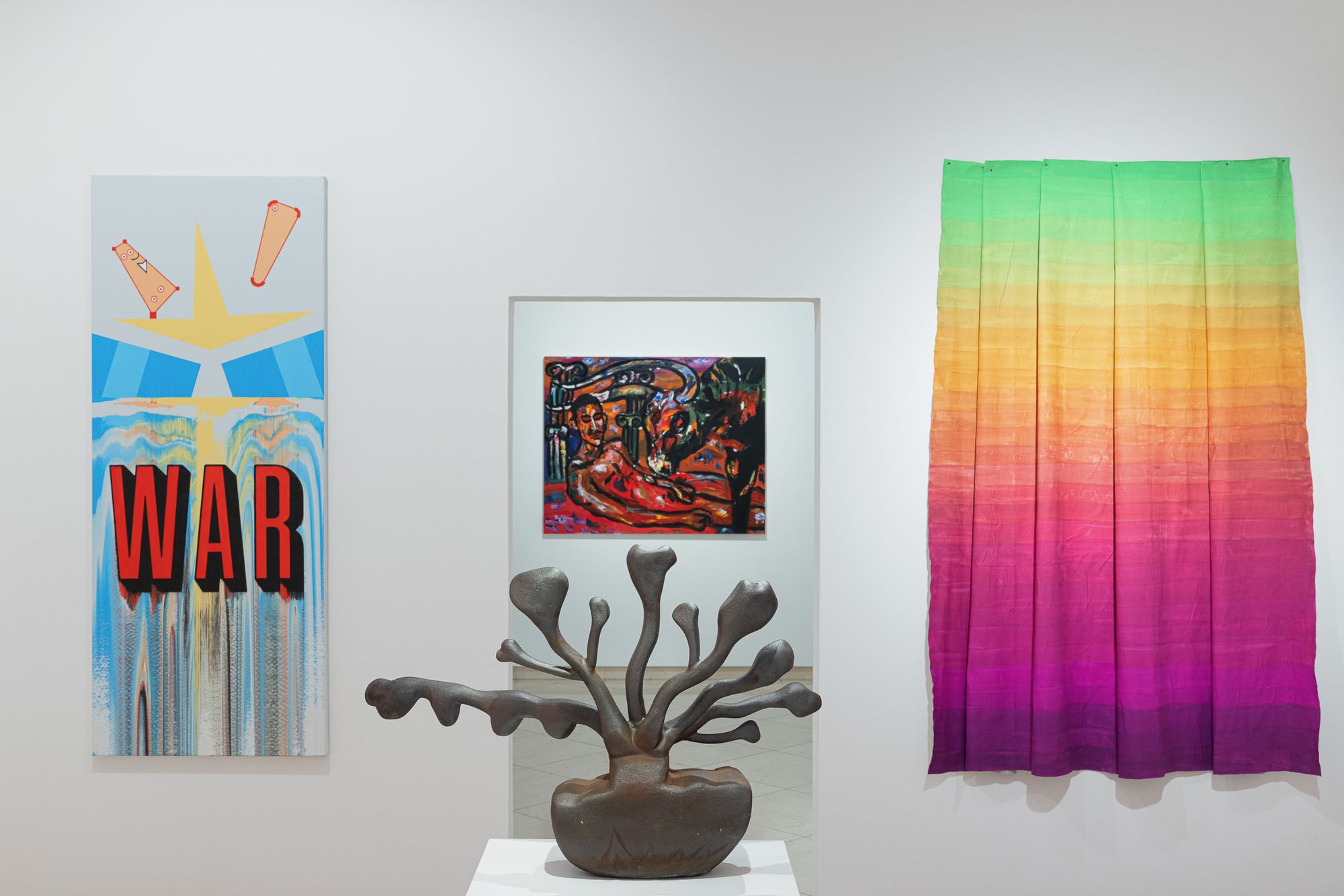
It was a positive surprise to see Andi Schmied’s Private Views included in the selection. How do you see the state of contemporary photography, how much is it becoming part of the visual art canon?
Z. S.: Hungarian photography can almost be considered a Hungarikum, so we have also thought a lot about how much we should be permissive with ourselves from a media point of view. Then we came to the conclusion that we have a lot of wonderful photographers who would instead deserve their separate publication. For this reason, we have included photographers who approach photography from a visual art perspective, such as Péter Puklus, who has lately been working in both painting and with textiles, and Máté Dobokay, whose work also has a visual art background.

G. R.: Compared to photography, the visual art market is in fact bigger and more expensive, and the way of living with it is also different—photography appeals to people with a different attitude. They are parallel worlds that often meet but are closer to each other from an outside perspective than from an inside one. They have their own distinct institutional systems and audiences: this is why it is possible to distinguish photographers who are also active in the visual art scene because their work has meaning and function there as well. I think that although these two worlds are close, there is no dissolution between them: it is an old desire, but I think it will never be fully realized.
As you have already pointed out, internationalism is one of the pillars of your selection: Márton Nemes, for example, an artist who has been represented by the Deák Erika and then by London’s Anka Kultys Gallery, now exhibits in New York; or Szabolcs Bozó’s strange figures, for example, which became popular on the international scene before they did in Hungary. What makes the Hungarian art scene interesting for international collectors?
G. R.: What you can see in this generation is that they are completely entwined with international global art. Through international galleries or Instagram, they are connected to every corner of the world. Regardless of the language, the universal nature of visuality truly works: obviously, there are individual stories, but visual art is global.
You don’t necessarily need to look for stylistic parallels or local content in these artists: it’s an international language that everyone here speaks.
Z. S.: In an international gallery scene, it is also important that artists have a strong business mindset: international collectors have different needs compared to domestic ones.
I think it’s a huge thing that such a small country, such a small art market, can tell so many career stories: let’s not be dissatisfied with that, because perhaps it’s never happened before with Hungarian art, that so many success stories are running concurrently.
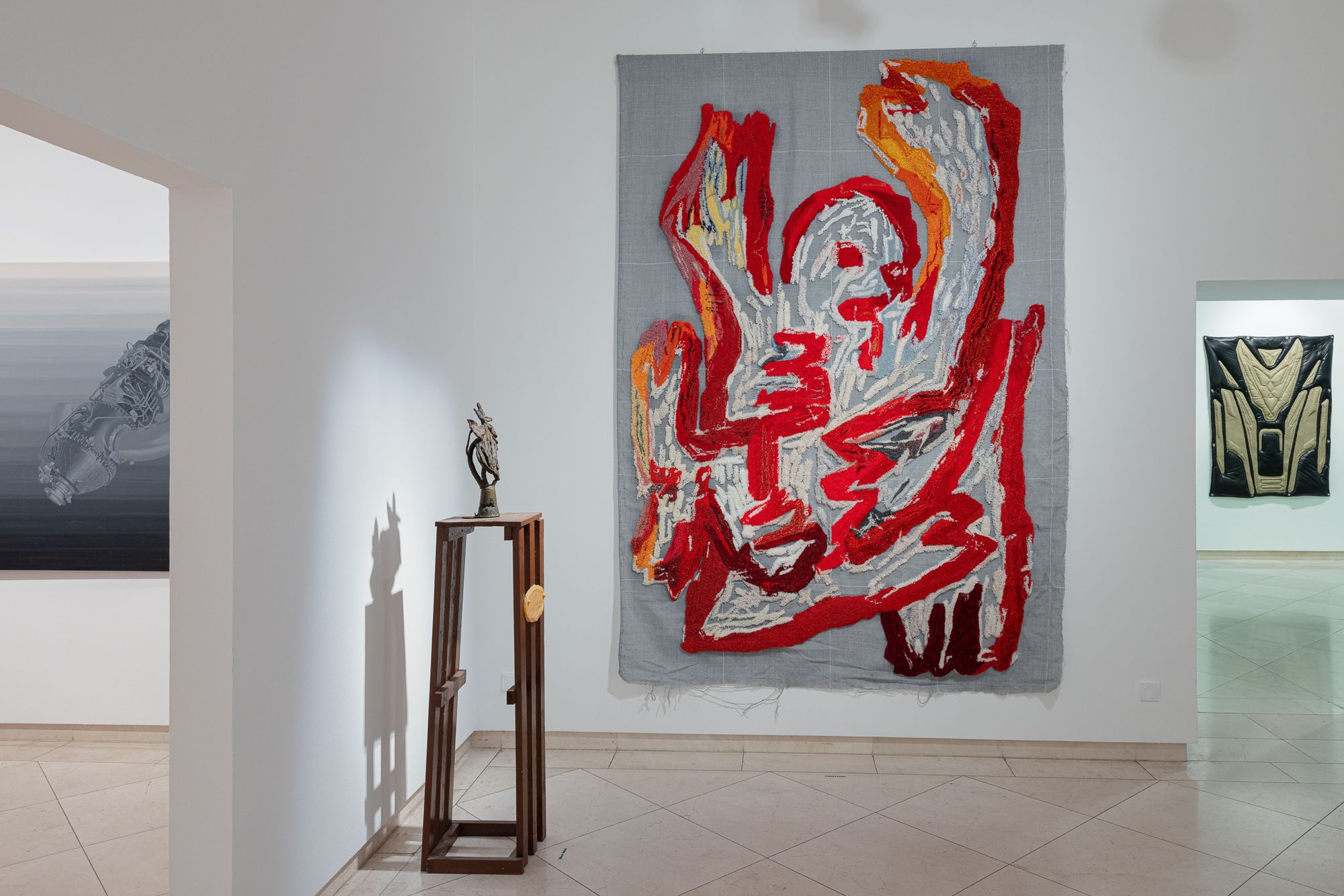
In your curatorial dialogue on the first pages of the publication, you mention that the Youhu issue could be followed by further volumes. How do you plan to follow it up?
Z. S.: If not immediately, it would be worthwhile to publish a Youhu 2 in a few years: it has been decades since a similar compendium has been published, for which I think there is a great need here. It would be important to publish a similar album from time to time, either for the Hungarian or the international audiences, documenting what has happened in visual arts in the past period. I hope that this initiative will set a trend with publishers towards books with a visual arts focus. Our next idea is to produce a second volume on photography.
G. R.: The IPARTERV exhibition in the 1960s, mentioned in the concept note, was a frighteningly high bar for us, which according to the feedback we received, has not been ‘knocked off’. György Kemény, the graphic designer of IPARTERV, came to the opening, but also Imre Bak was the first to open the door the next day, and to congratulate eagerly: if we can get some kind of indirect blessing from the still living and active members of the IPARTERV generation, we may say that we have succeeded. They do not think of the initiative as a cheeky comparison but have emphasized that this is indeed exciting, fresh, and good young contemporary material and that we should keep it up. Youhu!
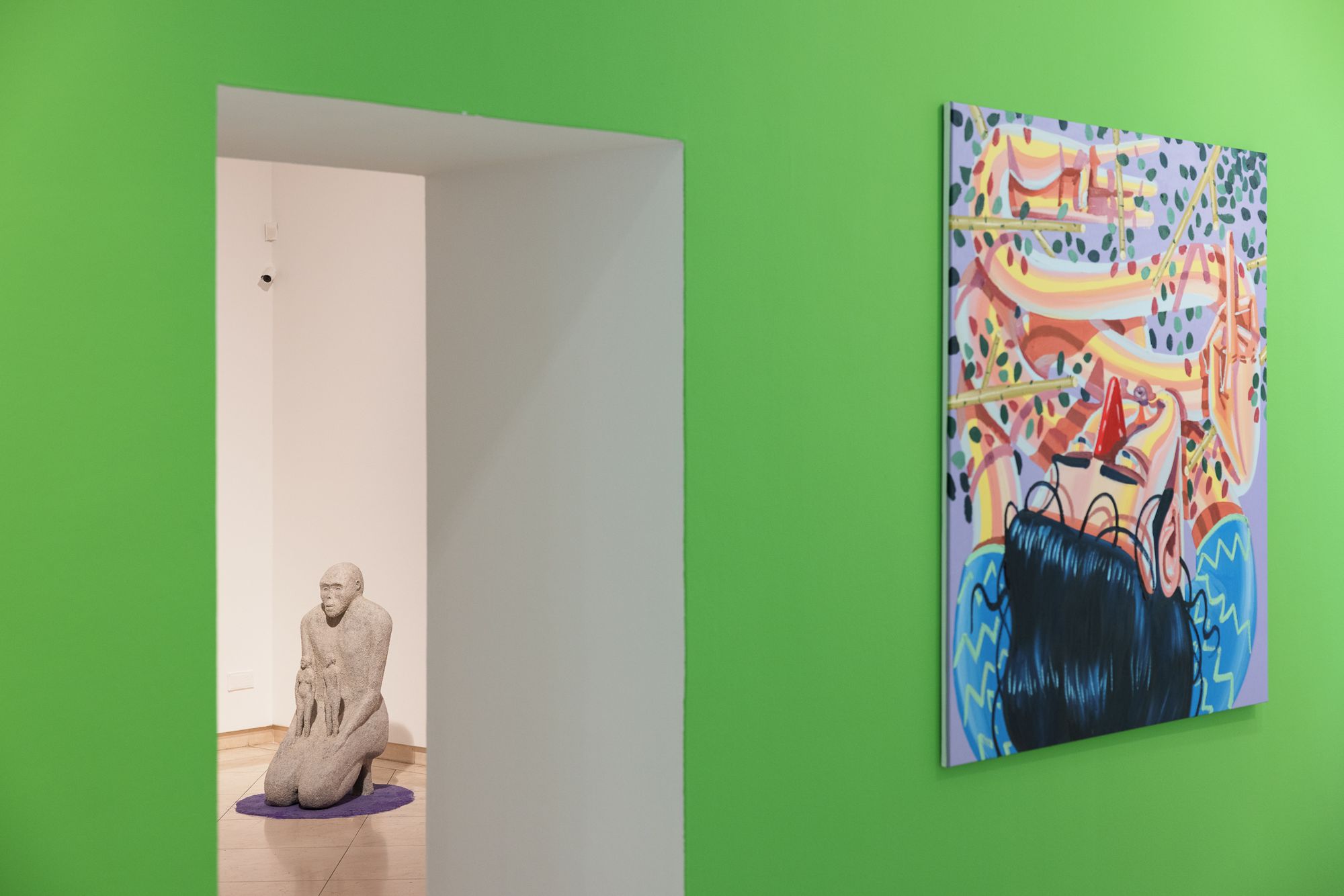

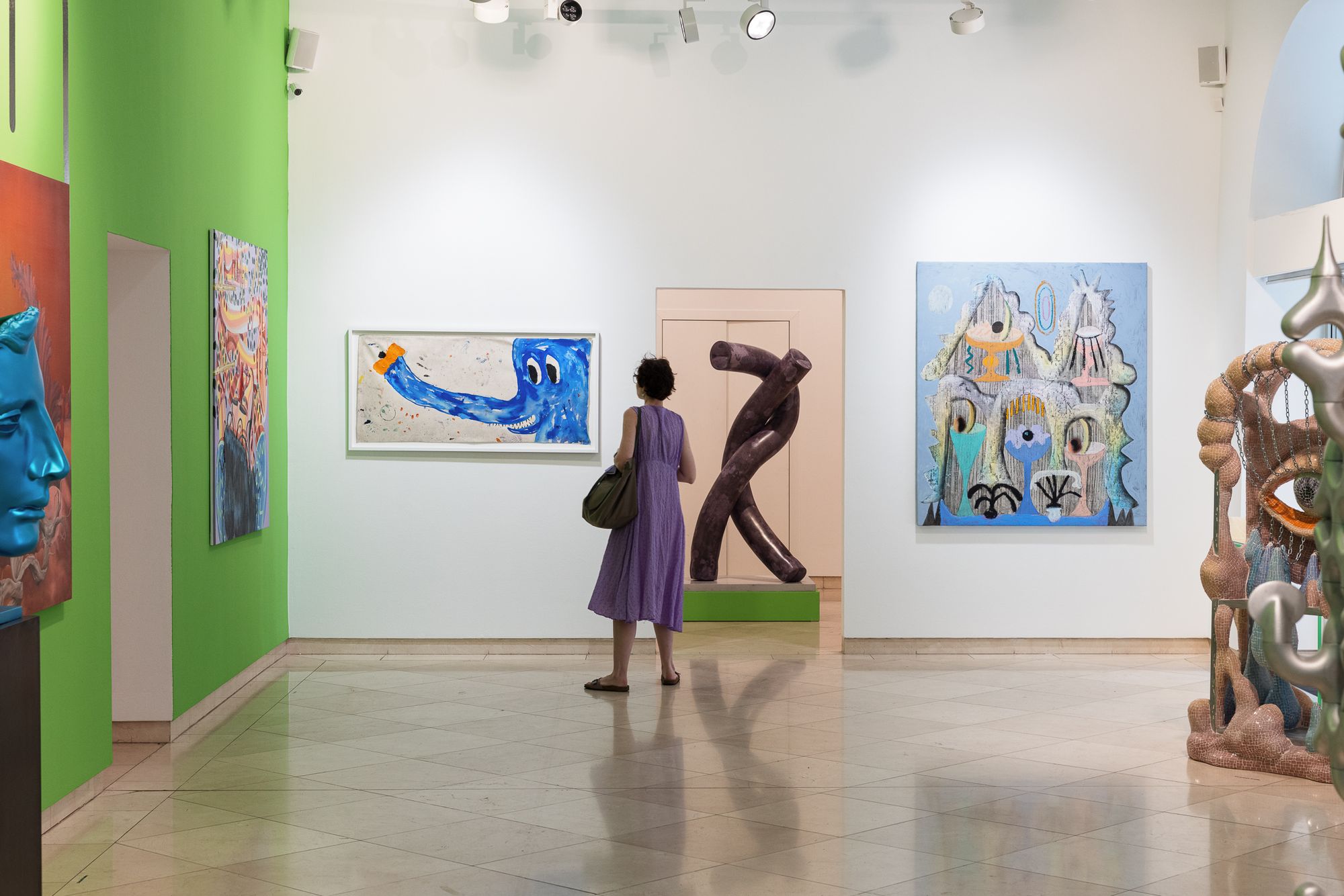
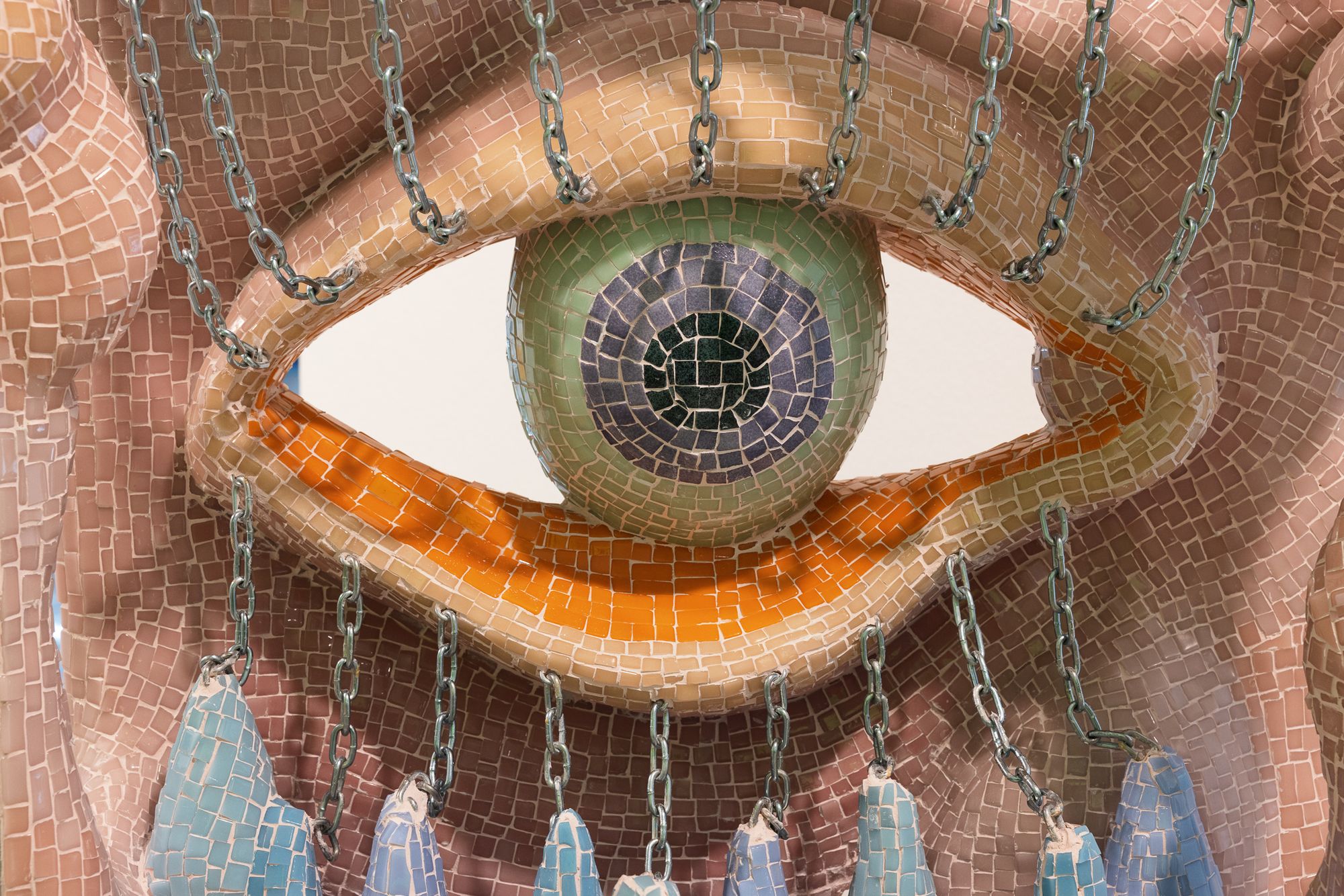

Youhu exhibition is on view in the Kieselbach Gallery’s exhibition space until 12 August 2022; a brochure summarising the initiative is also available on site.
Portraits: Dávid Biró
Photos: Balázs Mohai
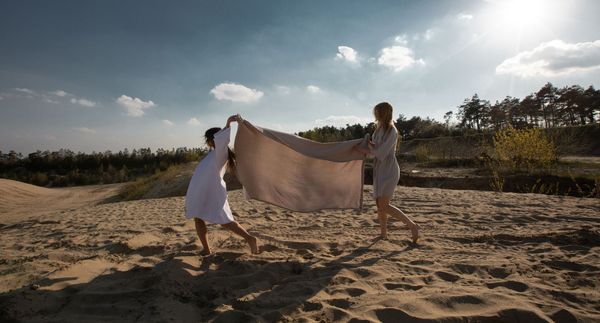
The wonderful linen | TOP 5
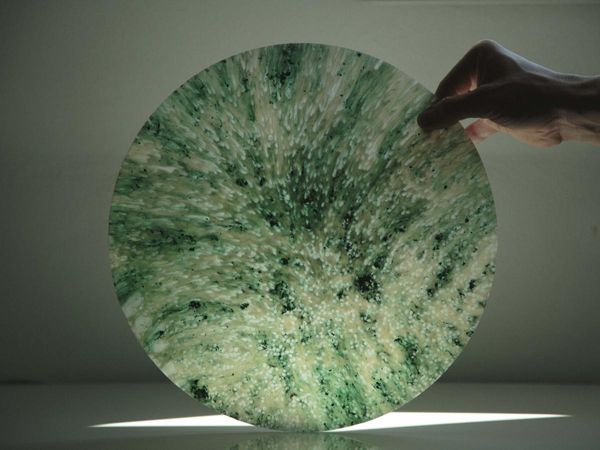
Rethought plastic | Crafting Plastics Studio
